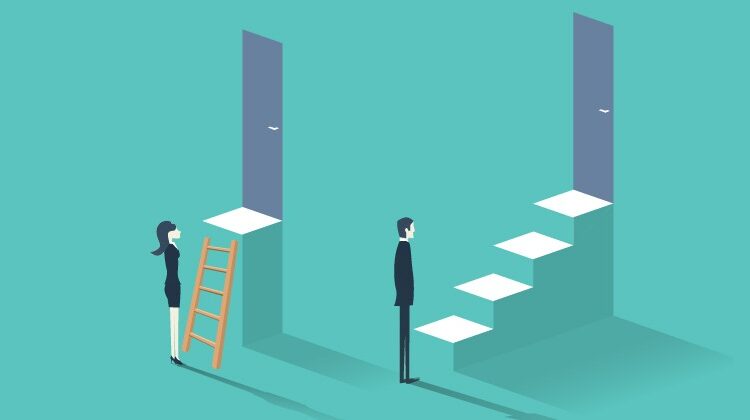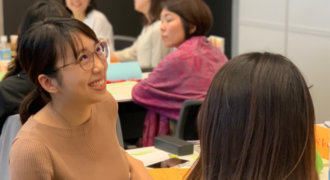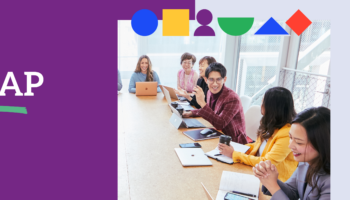Founder and Managing Director of The Dream Collective, Sarah Liu, speaks to her personal journey with gender equality and how we can drive true, long-lasting change.
1. Equality is not equity
There is a widespread lack of understanding of the difference between equality and equity.
Equality is achieving fairness by treating everyone the same.
Equity is achieving fairness by treating people according to their needs.
The misunderstanding between equality and equity has often led to gender diversity attempts in the workplace to be perceived as “special treatment” for the minority and “reverse discrimination” for others. This lack of understanding has been an underlying driver to the increased divisiveness and resistance of attempted diversity and inclusion efforts in the workplace.
The problem with treating everyone the same when it comes to gender equality is that men and women experience different and unique challenges. An example of this is that women often experience systemic biases when they advocate for themselves and this directly impacts their opportunities for advancement; while men face social taboos and practical challenges in taking parental leave or being the primary caregiver. To achieve equality is to acknowledge, address and create solutions according to these unique challenges.
Gender equality does not mean that men and women are or should be treated the exact same way. It means that equal opportunity is available for everyone, regardless of gender. It means that people’s access to opportunities are neither dependent on, nor constrained by, their sex.
Gender equity is the process to achieve gender equality – it’s HOW we will get there, by understanding and addressing individuals’ needs.
In our conversations, in driving and leading change, we need to be intentional about our language and deliberate in our differentiation of equality vs equity. Only then can we build true understanding through meaningful application, to see a truly diverse, equitable and inclusive workplace.
2. Equality starts at home
This doesn’t get talked about enough, but is one of the most critical components to driving true equality. So much of what we experience at home, our upbringings or our personal relationships and connections, shape our view and approach towards gender equality. In fact, most people will recall that their transformation or buy-in to equality began at home, or through a personal encounter with someone close to them. When I first met my husband, he questioned whether gender equality was even an issue in Australia. After years of influencing him, he now sits on the gender equality committee in his organisation.
The topic of diversity and inclusion and gender equality has often been boxed into a corporate HR or “Workplace” issue; but the fact of the matter is that very often the most meaningful change begins at the individual level, through our own lived experiences outside of the workplace. The gender equality champions and advocates we see in the workplace often attribute their decision to do so to a source of influence at home, as opposed to work.
Equality therefore, is as important at home on a personal level, as it is at work, on a professional level. I challenge all of us to influence at home, amongst family and friends – as this will ultimately flow on to how they treat and interact with their teams, corporations and society. Once the foundations are established, corporate learnings and resources serve to further strengthen and build upon our understanding. Which in turn, leads to more effective processes and practises on an operational level.
Influencing at home is possible, but not always easy. We all have that one uncle or auntie who just doesn’t seem to get it; and when we all feel exhausted by the end of day, the last conversation we want to have with our partner is the merit of diversity and inclusion initiatives. But unless we harness these small moments of influence, we miss a significant opportunity for profound conversations and meaningful change. Listening to alternative points of view, inviting dissent and influencing with data, research and our personal experiences is the way to foster true understanding and create true allies.
I often hear people say that achieving gender equality is the responsibility of leaders and their HR team; that because we are not the ones rewriting the policies, we don’t feel we have the power to drive change. However, there are simple actions that we can all take and when people do, they become more receptive to initiatives introduced at the company-level. I encourage you to educate through your conversations, challenge assumptions and never underestimate the power of individual action when it comes to gender equality.









